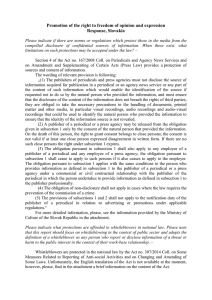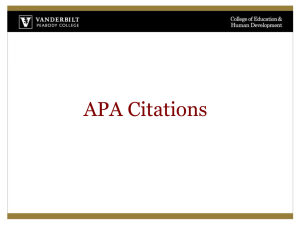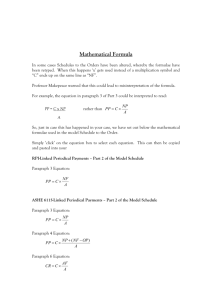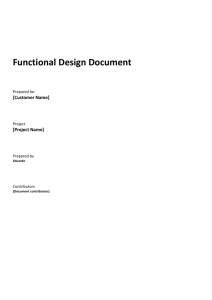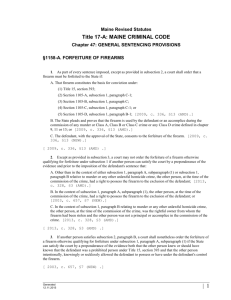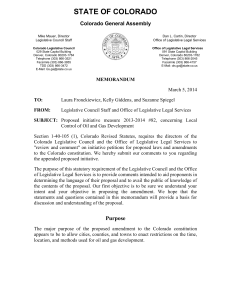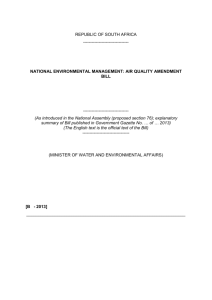Template_Polimeros_EN_2015
advertisement
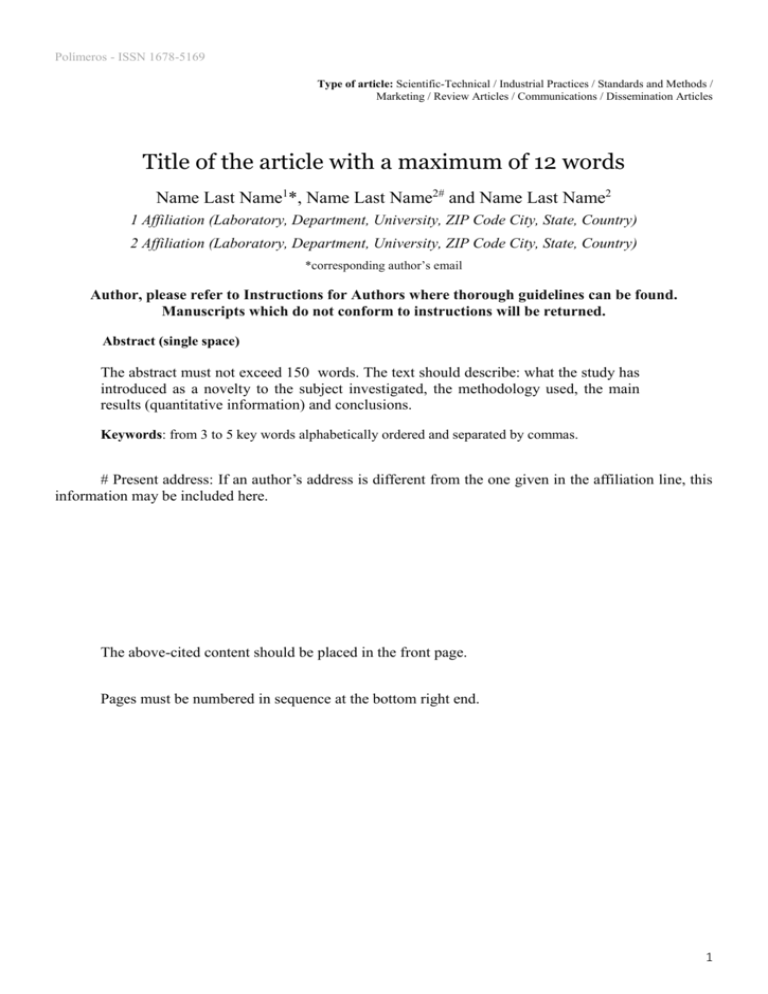
Polímeros - ISSN 1678-5169 Type of article: Scientific-Technical / Industrial Practices / Standards and Methods / Marketing / Review Articles / Communications / Dissemination Articles Title of the article with a maximum of 12 words Name Last Name1*, Name Last Name2# and Name Last Name2 1 Affiliation (Laboratory, Department, University, ZIP Code City, State, Country) 2 Affiliation (Laboratory, Department, University, ZIP Code City, State, Country) *corresponding author’s email Author, please refer to Instructions for Authors where thorough guidelines can be found. Manuscripts which do not conform to instructions will be returned. Abstract (single space) The abstract must not exceed 150 words. The text should describe: what the study has introduced as a novelty to the subject investigated, the methodology used, the main results (quantitative information) and conclusions. Keywords: from 3 to 5 key words alphabetically ordered and separated by commas. # Present address: If an author’s address is different from the one given in the affiliation line, this information may be included here. The above-cited content should be placed in the front page. Pages must be numbered in sequence at the bottom right end. 1 1. Introduction The content of the article must be included in this part, with a double-spaced text in font Times New Roman size 12. We suggest writing a final paragraph with the aims of the research or the intended advancements of the work. 2. Materials and Methods 2.1 Subsection 1 Text paragraph within a first subsection. 2.2 Subsection 2 Text paragraph within a second subsection. 3. Results and Discussions Text paragraph. 4.1 Subsection 1 Text paragraph within a first subsection. etc. Equations: make sure to use the Word equation editor or MathType (see example below). 𝐴 = 𝜋𝑟 2 (1) Figures: Should be numbered in sequence and referred in the text. Must have maximum width and height of 8 cm, i.e. they should fit in a column of the diagrammed article. Images outside of such a format (larger than 8×8 cm or with two columns) will only be accepted when the justification presented by the authors is likewise accepted. In case any program is used for making graphs and figures, the original file must be sent with the corresponding specifications. Image files, drawings and graphs should be sent in the vector format (CDR, EPS, AI, WMF etc) whenever possible, otherwise the bitmap files (TIF, BMP, JPG, PSD etc) must have good definition (normally from 1000 to 2000 pixels wide). Color figures will be presented only in the electronic format (PDF and XML), whereas in the printed journal they will be reproduced in black and white. Thus, distinction among curves should also be clear in black and white. In micrographs, the bar for dimensional reference must be included. Micrographs must present a good contrast. All the illustrative material must have the corresponding file named clearly (e.g.: figure-1a, figure-1b, chart-1, table-1 etc). 2 Figures and Tables should be embedded in the text: Figure 1. (a) insert here a descriptive caption of the figure; (b) insert here a descriptive caption of the figure. Tables: Must be also numbered in sequence and referred in the text. They must follow the format below: Table 1. Insert here a descriptive caption of the table. Title Value (units) Value (units) Value (units) Line 1 Line 1* Line 1 Line 1 Line 2 Line 2 Line 2 Line 2 Line 3 Line 3 Line 3 Line 3 * Table footnote. 4. Conclusions The conclusion should not be a repetition of the results, but a statement whether the aim of the research was reached.Text paragraph. 5. Acknowledgments (if applicable) Full names of the supporting agencies with process or grant numbers, companies that supplied chemicals for the research, etc. 6. References References citations in the text must appear as a superscript index between brackets, listed according to the sequence of appearance in the text as well as at the end of the paper. References must contain all athours and follow the format below: 1. Articles in journals (non-abbreviated titles) Author, A. A., Author, B. B., & Author, C. C. (year). Title of the article. Title of Periodical, xx(x), xx-xx. doi:10.xxxx/xxxxxx Author, A. A., Author, B. B., & Author, C. C. (year). Title of the article. Title of Periodical, xx(x), xx-xx. Retrieved from http://www.xxx.xxx Author, A. A., Author, B. B., & Author, C. C. (in press). Title of the article. Title of Periodical. Retrieved from http://www.xxx.xxxx 2. Books Author, A. A., & Author, B. B. (year). Title of work. Location: Publisher. 3 Editor, A. A. (Ed.). (year). Title of work. Location: Publisher. 3. Chapters of books Author, A. A., & Author, B. B. (year). Title of chapter or entry. In A. Editor, B. Editor, & C. Editor (Eds.), Title of book (pp. xx-xx). Location: Publisher. 4. Papers presented in scientific meetings Author, A. A. (year). Title of paper. In Title of Symposium (pp. xx-xx). Location: Publisher. 5. Thesis and dissertations Author, A. A. (year). Title of doctoral dissertation or master’s thesis (Doctoral dissertation or master’s thesis). Name of Institution, Location. 6. Corporate author, government report Corporate Author. (year). Title of work. Location: Publisher. 7. Patents Inventor, A. A. (year). Patent number. Location: Official source from which the patent information can be retrieved. 8. Legal materials Title and number of the decree or law. (Year, Month Day). Publication data. Location: Publisher. 9. Web sites (they should be cited in full with the date of assessment) Web site. (Year, Month Day). Retrieved from http://www.xxx.xxx Please refer to Instructions for Authors 4
